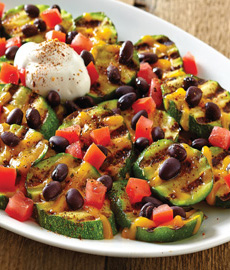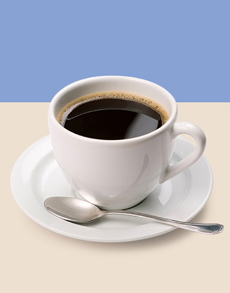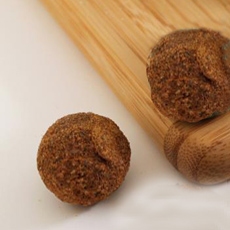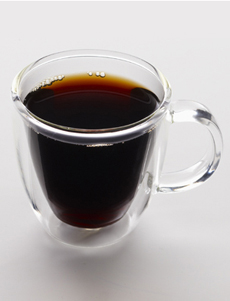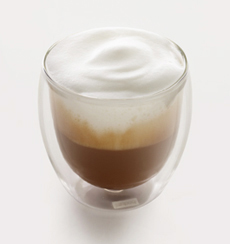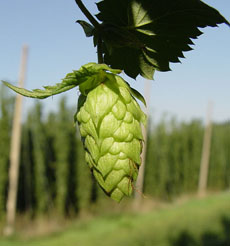|
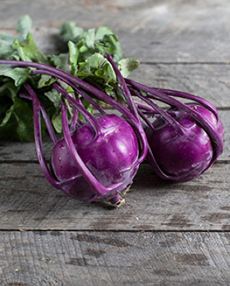
Violet kohlrabi. There’s also a light green variety. Photo courtesy The Good Eggs.
|
|
You’ve just gotten used to kale. Are you ready for another cruciferous vegetable, kohlrabi?
A member of the powerful anti-carcinogenic Brassica family (formerly Crucifera), which also includes bok choy, broccoli, Brussels sprouts, cabbage, cauliflower, collards, kale, mustard greens, rutabaga, turnips and others) to emerge on mainstream menus in a big way.
Kohlrabi (Brassica oleracea), also called German turnip or turnip cabbage. It tastes like cabbage but is sweeter. The flavor has been described as a cross between apples and mild turnips, to broccoli stems with a hint of radish and cucumber. What look like bulbs, beet-shaped, are actually swollen stems that grow just above the ground.
Kohlrabi typically is served cooked in Europe. But American chefs and recipe developers, understanding how much we enjoy crunchy foods, have taken to serving it raw:
|
|
Shaved, julienned or cut into disks or matchsticks as a salad garnish.
Shredded or julienned and dressed as “kohl slaw,” mixed purple and green kohlrabi, mixed with shredded cabbage and carrots, etc.
Cut into cubes or wedges, marinate in vinaigrette and served with toothpicks instead of crudites.
Cut into batons, cubes or wedges and pickled in your favorite pickling recipe, and served instead of cucumber pickles or other pickled vegetables.
|


